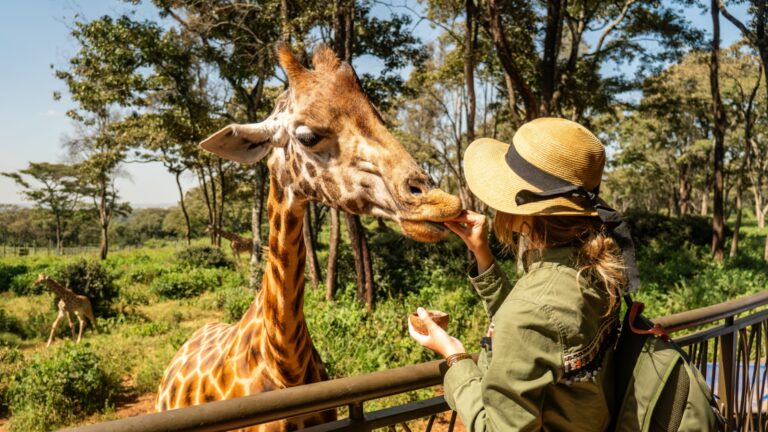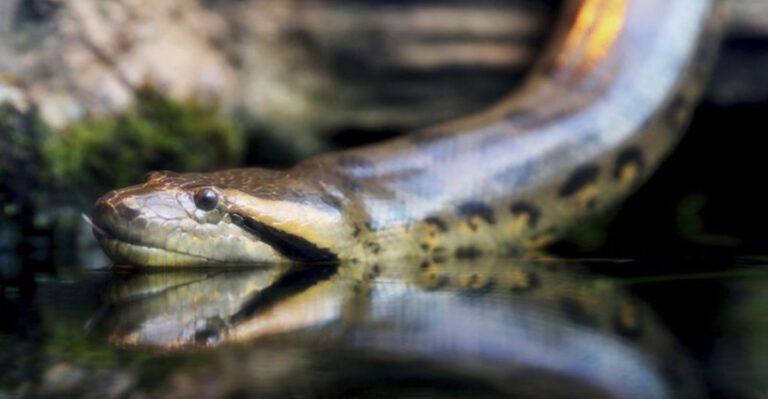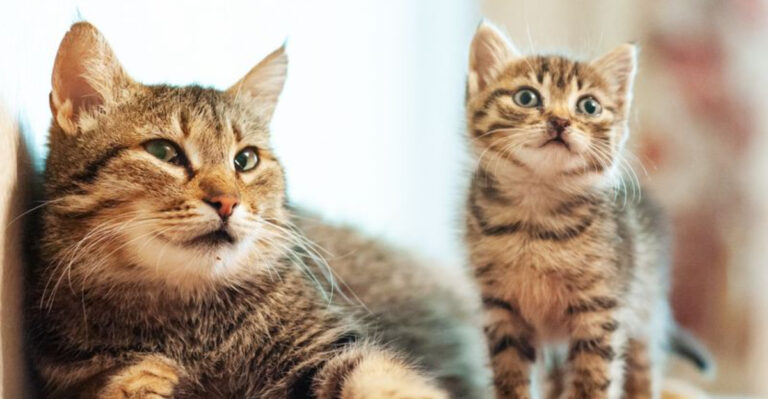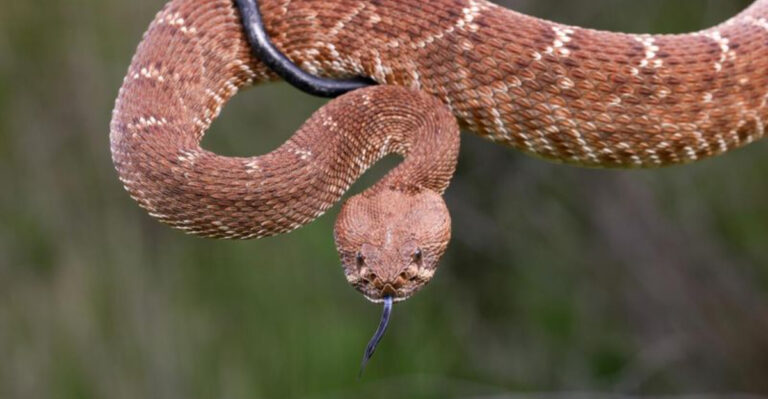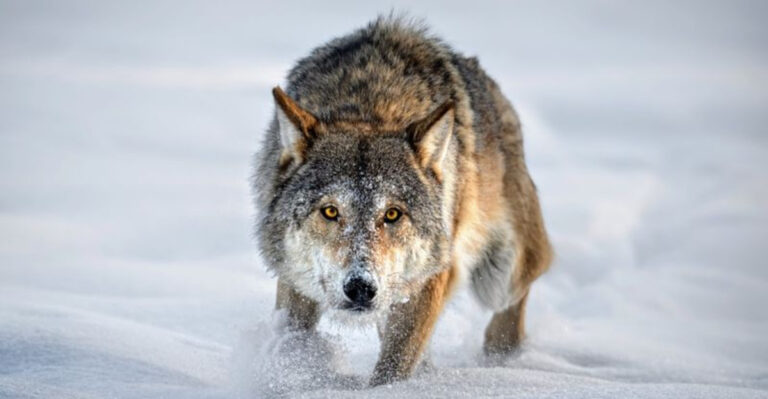15 Modern Creatures That Didn’t Exist 100 Years Ago
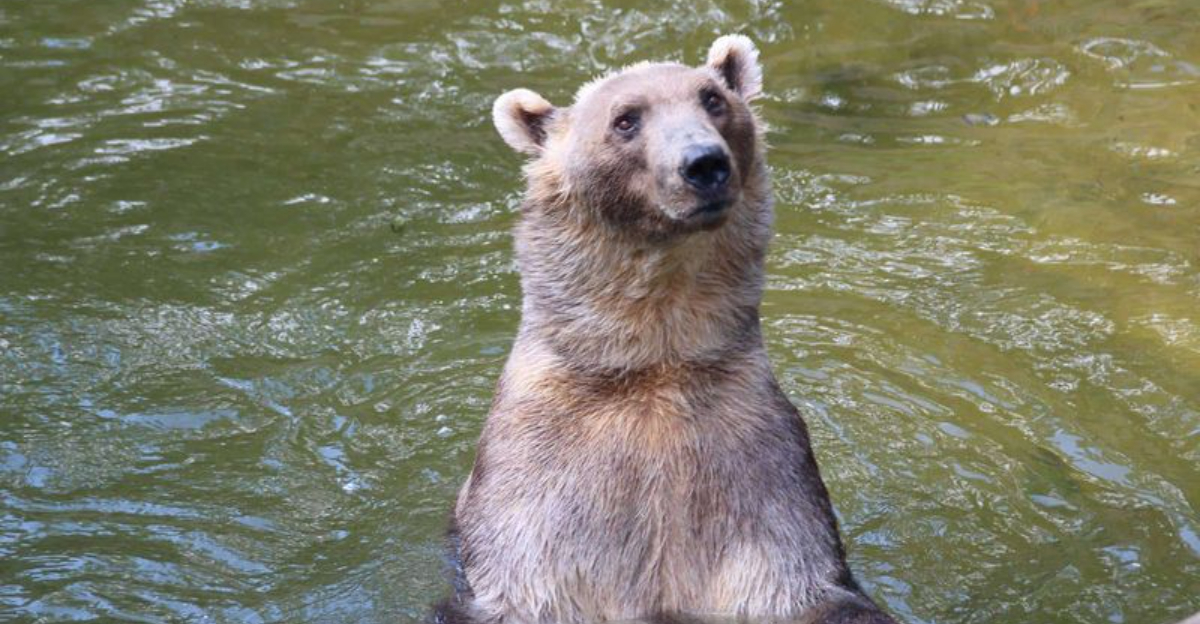
Ever wonder which animals walking among us today weren’t around when your great-grandparents were alive?
The world of creatures has changed dramatically over the last century, with science and selective breeding creating entirely new animals that our ancestors never saw. From designer pets to lab-created hybrids, these modern marvels showcase how humans have reshaped the animal kingdom in just a few generations.
1. Labradoodle
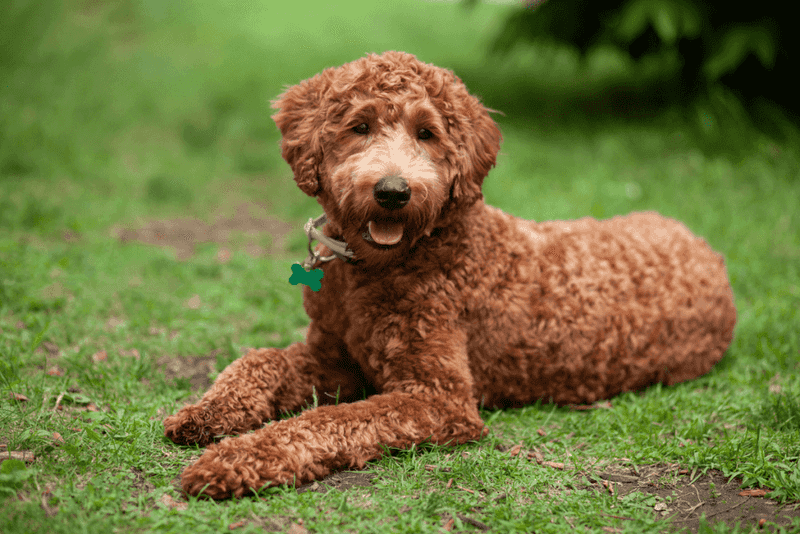
Wally Conron never imagined he’d spark a designer dog revolution when he crossed a Labrador with a Poodle in 1989. His goal? Creating a guide dog for a vision-impaired woman whose husband had allergies.
Now these shaggy companions are everywhere, beloved for their intelligence and low-shedding coats. While Conron later expressed regret about starting the designer dog trend, Labradoodles continue winning hearts worldwide.
2. Savannah Cat
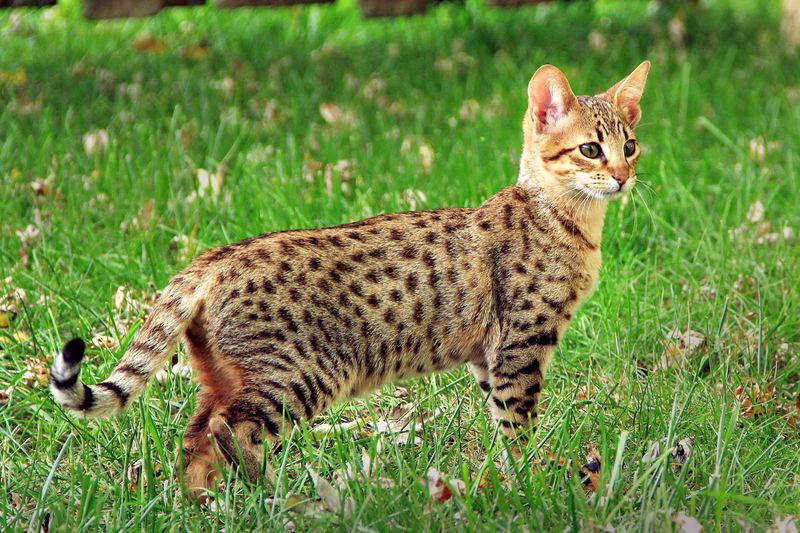
Imagine having a mini leopard lounging on your sofa! First developed in the 1980s, these striking felines blend African serval wildness with domestic cat temperament.
Standing tall on spotted legs with distinctive ears, Savannahs turn heads wherever they go. Their playful personalities and dog-like loyalty make them unique companions, though their high energy requires owners ready for an active pet adventure.
3. Belgian Blue Cattle

Looking more like bodybuilders than farm animals, these massive cattle emerged in the 1950s after Belgian farmers noticed a natural mutation causing double muscling.
Selective breeding amplified this trait, creating cows with rippling muscles and up to 40% more meat than regular cattle. Despite their intimidating bulk, Belgian Blues are actually gentle giants. Their unusual appearance continues fascinating farmers and casual observers alike.
4. Beefalo
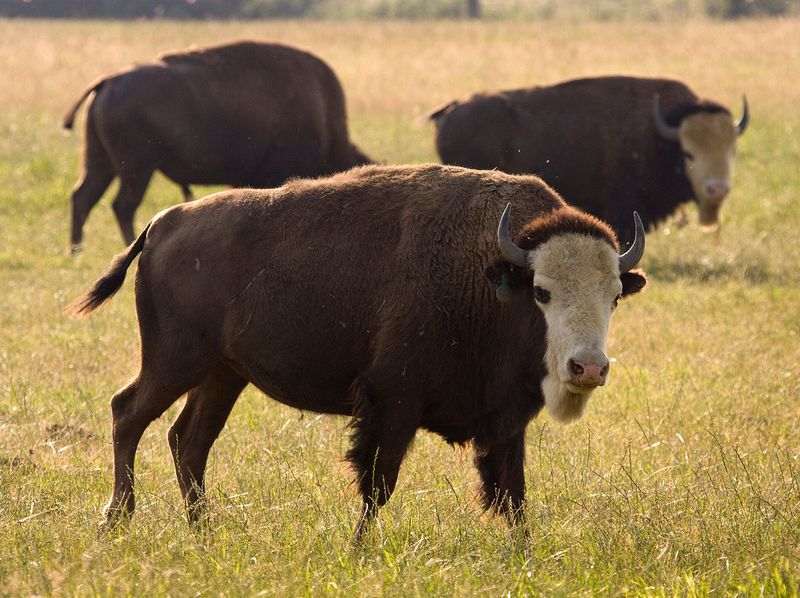
Back in the 1970s, ranchers wondered: what if we combined the hardiness of buffalo with the meat quality of cattle? The result was beefalo, a hearty hybrid that thrives where conventional cattle struggle.
Sporting shaggy coats and muscular builds, these animals produce leaner meat with less cholesterol. Though not widely known outside farming circles, beefalo represent one of agriculture’s more successful experiments in creating sustainable livestock.
5. Goldendoodle
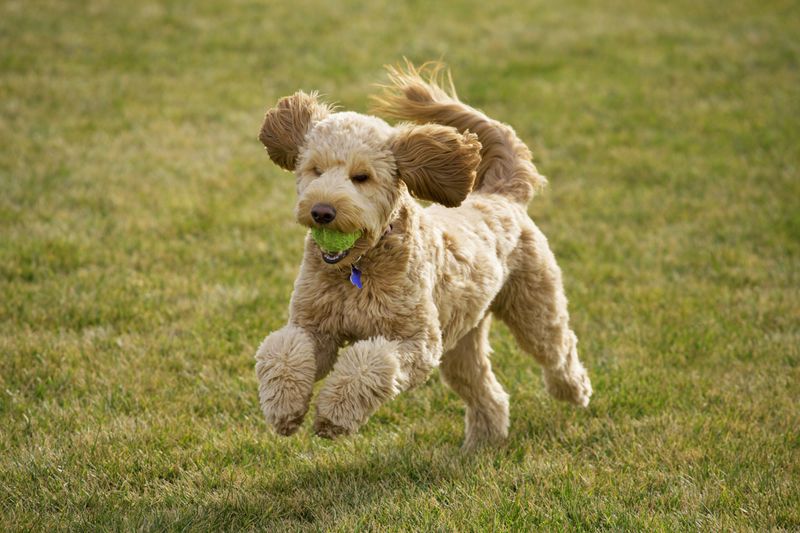
Following the Labradoodle’s success, breeders in the 1990s wondered what would happen if they mixed Golden Retrievers with Poodles. The answer? An irresistible teddy bear on four legs!
These gentle giants combine the Retriever’s friendly nature with Poodle smarts and hypoallergenic fur. Their goofy personalities and eternal puppy-like enthusiasm have made them family favorites, though their popularity has sparked debates about responsible breeding practices.
6. Cama
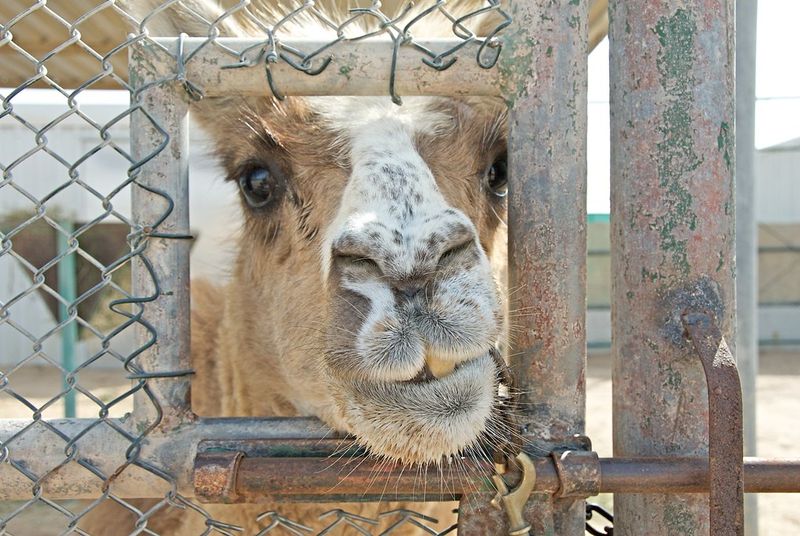
Scientists at Dubai’s Camel Reproduction Center created something truly bizarre in 1998 – the world’s first camel-llama hybrid. Using artificial insemination, they crossed a dromedary camel with a llama.
The resulting cama has the camel’s strength but stands shorter, with llama-like ears and a short, fluffy tail. Only a handful exist today, making them among the rarest creatures on earth. They represent what’s possible when reproductive technology meets scientific curiosity.
7. Poodle Moth
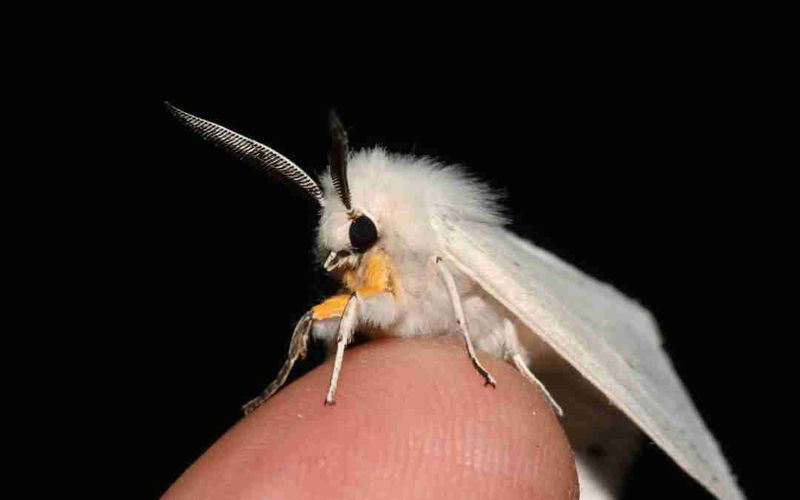
When zoologist Arthur Anker photographed a bizarrely fluffy moth in Venezuela in 2009, the internet went wild. Resembling a tiny white poodle with wings, this creature seemed too cute to be real.
Though technically not a new species (it’s likely a muslin moth variant), its discovery and subsequent viral fame represent our modern era. Few insects have achieved such celebrity status, with people worldwide charmed by its impossibly fuzzy appearance.
8. Grolar Bear

As Arctic ice melts, polar bears venture south while grizzlies move north, creating an unexpected consequence: wild hybrid bears. First confirmed in 2006, these powerful creatures combine the polar bear’s size with the grizzly’s adaptability.
With cream-colored fur and brown patches, they’re walking symbols of our changing planet. Scientists debate whether these hybrids represent nature’s adaptation to warming temperatures or a concerning sign of habitat disruption forcing previously separated species together.
9. Ligers
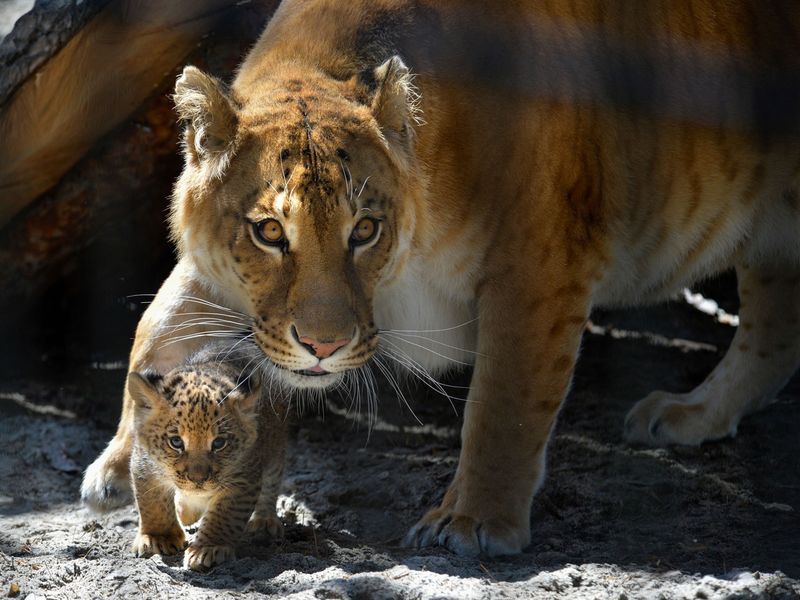
Remember Napoleon Dynamite’s obsession? These massive feline hybrids—crosses between male lions and female tigers—didn’t exist in the wild until humans brought the species together in captivity.
Growing up to 12 feet long and weighing over 900 pounds, ligers dwarf both parent species. Unlike many hybrids, they continue growing throughout their lives. Their existence raises ethical questions about creating animals that wouldn’t naturally occur.
10. Coywolf

As humans expanded cities into natural habitats, something unexpected happened—coyotes and wolves began interbreeding, creating a supremely adaptable hybrid.
First noticed in the 1960s, coywolves combine the wolf’s size and pack-hunting abilities with the coyote’s comfort around humans. These intelligent animals thrive in suburban areas where neither parent species could survive alone. Their success story demonstrates how wildlife sometimes adapts to our encroachment.
11. Wholphin
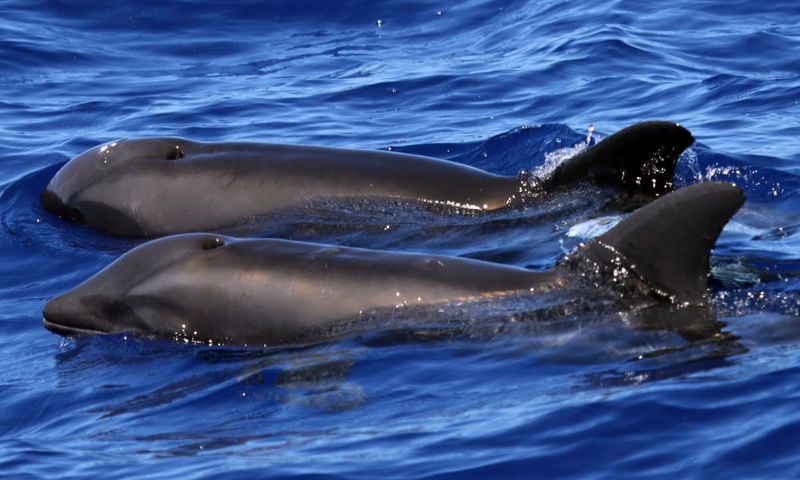
When a false killer whale and Atlantic bottlenose dolphin met at Hawaii’s Sea Life Park in the 1980s, nobody expected romance. Yet their union produced Kekaimalu, the first documented wholphin.
With 66 teeth (between her parents’ 44 and 88), and a body larger than dolphins but smaller than whales, she’s truly one-of-a-kind. She later had her own calves, proving these unusual hybrids can reproduce—something rare among cross-species offspring.
12. Glofish

Glowing like underwater neon signs, these fluorescent fish weren’t created for the pet trade but for science. Researchers developing methods to detect water pollution engineered zebra danios to glow under certain light conditions.
Released commercially in 2003, they became the first genetically modified pets sold in the US. Now available in electric reds, greens, and blues, these tiny swimmers bring a touch of sci-fi to home aquariums while raising questions about bioethics.
13. Hulked-Out Mice

In labs across the world, mice with bodybuilder physiques represent the cutting edge of genetic modification. First developed in 1997, these rodents have had their myostatin genes—which normally limit muscle growth—deactivated.
The result? Mice with twice the muscle mass of normal specimens. Beyond their sci-fi appearance, these animals serve important medical research purposes, helping scientists develop treatments for muscular dystrophy and age-related muscle loss in humans.
14. Crispr Creatures
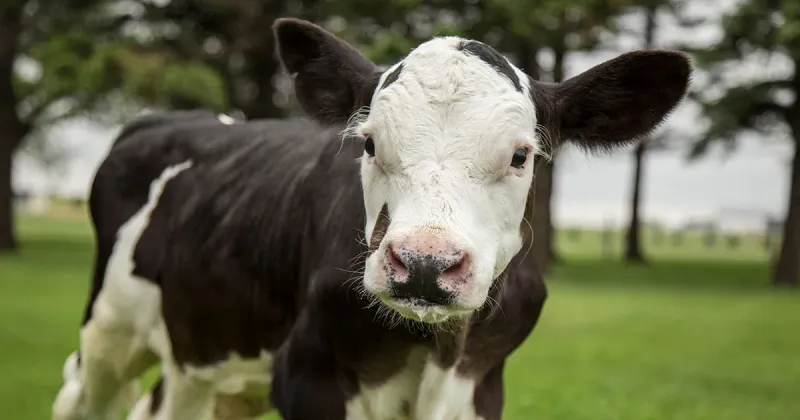
Since 2012, a revolutionary gene-editing technology called CRISPR has allowed scientists to precisely modify animal DNA, creating creatures that would seem impossible a century ago.
From hornless cattle that eliminate painful dehorning procedures to disease-resistant pigs, these animals represent a new frontier. The technology’s precision makes it different from previous genetic modifications, offering solutions to agricultural challenges while raising new ethical considerations.
15. Featherless Chickens
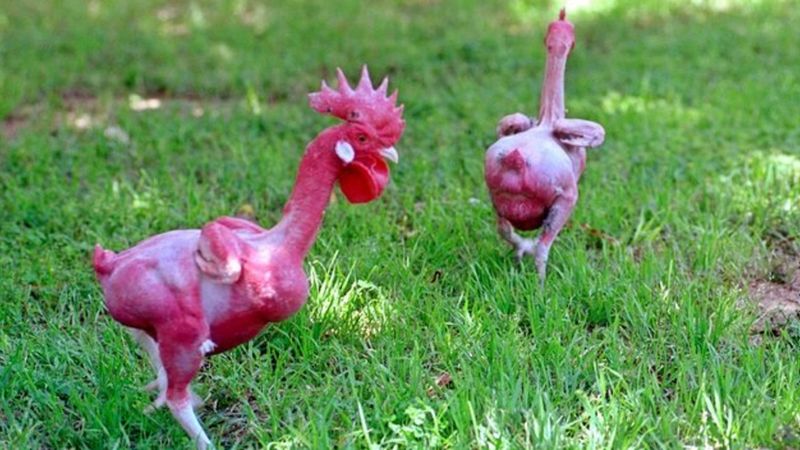
At first glance, they look like something from a science fiction movie—pink, naked chickens created through selective breeding, not genetic modification. Israeli scientists developed them in 2002 as a potential solution for hot-climate poultry farming.
Without feathers, these birds don’t need energy-intensive cooling systems and are easier to process. Though they never reached commercial production due to public backlash, they represent how traditional breeding can create dramatically new animals.

